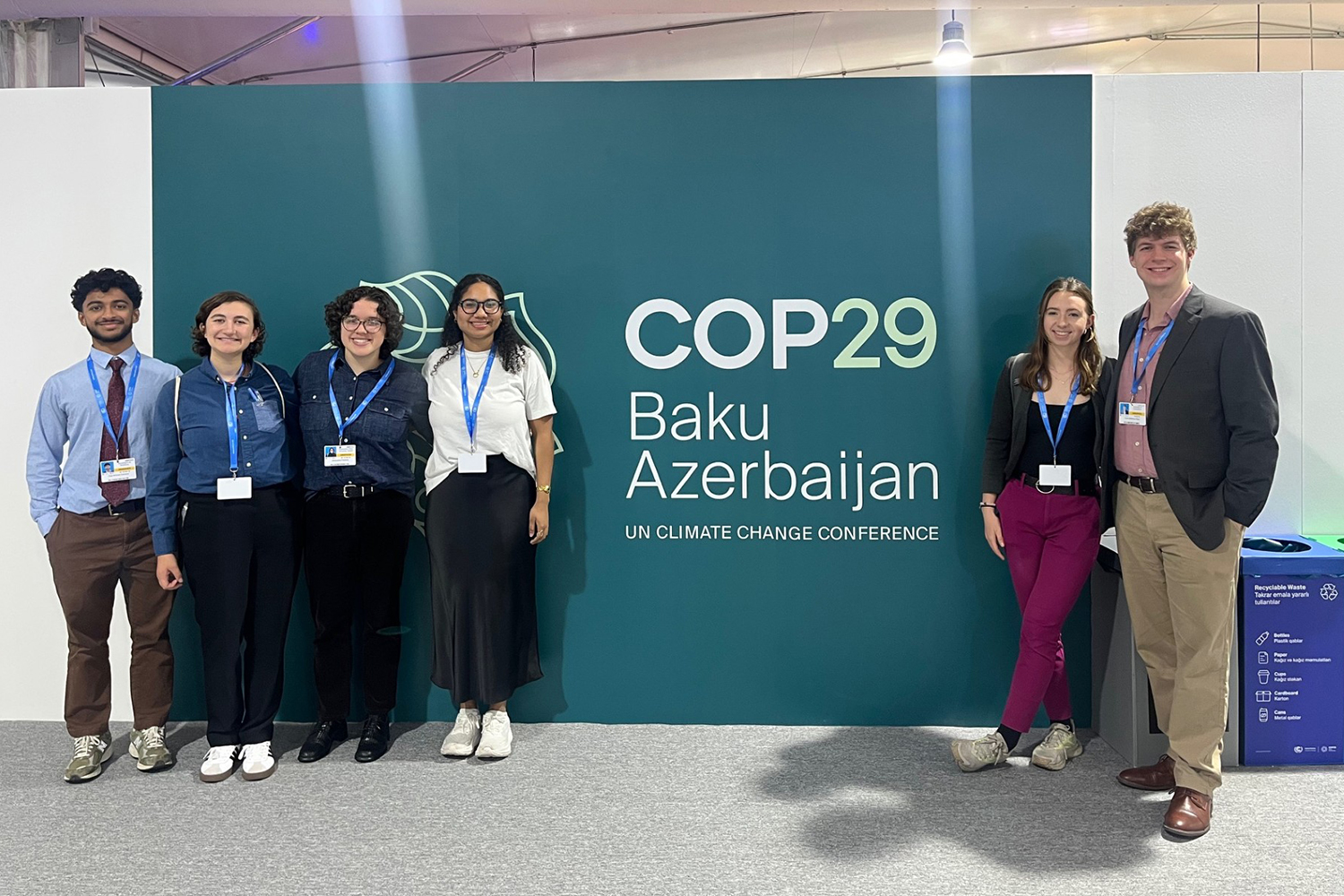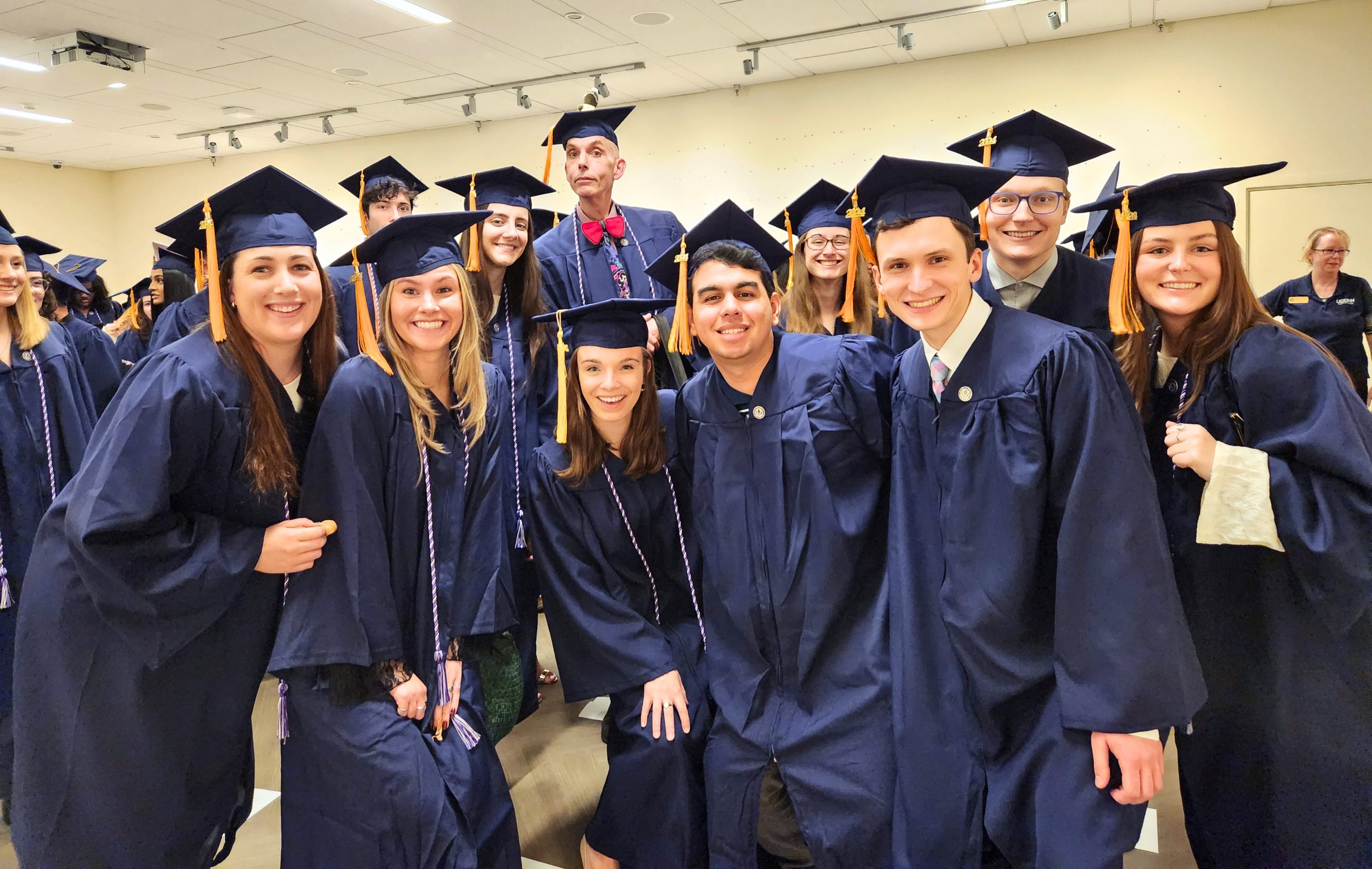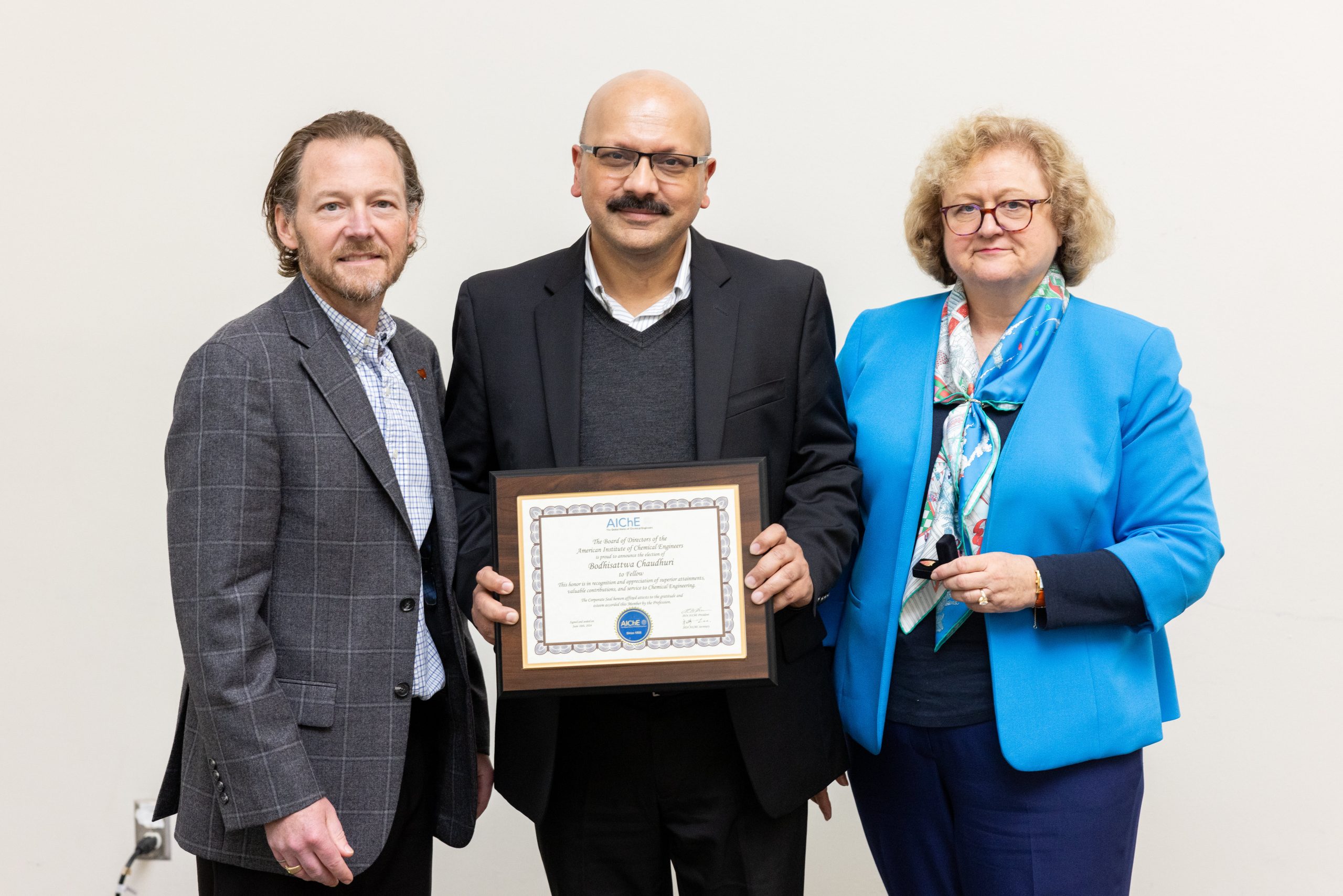When he joined the Navy in 1999, Eric Sirois took an aptitude test meant to reveal where his skills and interests lay. Believing he may have a knack for computing, Eric discovered instead that his intellectual niche was more closely aligned with mechanical systems. The revelation led to his assignment in nuclear propulsion systems at the Naval Submarine Base at New London, CT. Nowadays, as a doctoral student in the laboratory of mechanical and biomedical engineering assistant professor Wei Sun, he is applying his acumen for fluid dynamics to challenges of the human heart.
 During his six years in the Navy, Eric honed his skills and knowledge of the complex pressurized water reactor systems that power the Virginia-class nuclear submarines. By the time he left the Navy in 2005, he had acquired significant hands-on experience with fluid mechanics and was intent on taking his career to the next step.
During his six years in the Navy, Eric honed his skills and knowledge of the complex pressurized water reactor systems that power the Virginia-class nuclear submarines. By the time he left the Navy in 2005, he had acquired significant hands-on experience with fluid mechanics and was intent on taking his career to the next step.
His work on large pump systems, paired with strong interest in human physiology, convinced him to pursue a degree in biomedical engineering. Thanks to its great reputation and in-state location, UConn became Eric’s number one choice. His wife, teacher and UConn alumna Hillary (Royer) Sirois (B.S. HDFS, Early Childhood Education ’02), added further impetus to the decision, so, with support from the GI Bill, a part-time job and the Deligeorges Family Scholarship in Biomedical Engineering, Eric launched his undergraduate career and — after seven semesters of commuting between his home in Plainfield, classes in Storrs and his job in Old Lyme — earned his B.S. in biomedical engineering in May 2009.
During his undergraduate years, Eric established an impressive academic record, engaged in cutting-edge research and volunteered his time toward outreach activities within the School of Engineering. One summer, Eric performed research with electrical engineering professor Dr. Marty Fox under the UConn Summer Undergraduate Research Fund (SURF) program. The work involved using an ultrasound probe to determine the stresses on porcine hearts when pressure was applied through an inflation test rig. Setting up day-long tests with meticulous precision, he then devoted a week to analyzing the resulting data for each of the 15 tests carried out that summer. He published three papers with Dr. Fox based on the team’s research findings.
By the time he earned his B.S., Eric was hooked on biomedical engineering and intent on continuing his education. Dr. Sun, whose expertise lies in structural mechanics, found Eric’s knowledge of fluid mechanics to be highly complementary to his work on heart valves and invited Eric to join his laboratory in 2008.
Eric’s focus is on artificial aortic valves. He explained that with the aging population, more people are experiencing stenosis, a narrowing or obstruction of the heart’s aortic valve that leads to restricted blood flow as it travels from the heart to the aorta. This constriction increases the pressure within the left ventricle and can lead to chest pain, reversal of the blood flow into the lungs and shortness of breath. Most patients undergo surgery, and Eric said approximately 100,000 valve replacement surgeries are performed in the U.S. alone each year.
 Current techniques use mechanical valves or tissue derived from biocompatible animals such as pigs. Owing to their long life, mechanical replacement valves are favored over the tissue-based replacement valves, but this long life comes at a cost: patients who receive mechanical valves experience more damaged red blood cells due to shear stress. The biocompatible tissue-based valves have a lower incidence of blood clotting that can lead to cardiac arrest or stroke, but they are shorter lived. Eric’s work centers on devising ways to enhance the functioning of artificial aortic valves.
Current techniques use mechanical valves or tissue derived from biocompatible animals such as pigs. Owing to their long life, mechanical replacement valves are favored over the tissue-based replacement valves, but this long life comes at a cost: patients who receive mechanical valves experience more damaged red blood cells due to shear stress. The biocompatible tissue-based valves have a lower incidence of blood clotting that can lead to cardiac arrest or stroke, but they are shorter lived. Eric’s work centers on devising ways to enhance the functioning of artificial aortic valves.
Dr. Sun and Eric believe one answer lies in changing the shape of the valve “leaflets” in a manner that permits unhindered blood flow while reducing shear stress of the red blood cells. To test this hypothesis, Eric is developing both a 3D physical model and a computer program aimed at aptly characterizing the entire process and helping to reveal structural features that will reduce shear. Eric’s research is supported by a Graduate Assistantship in Areas of National Need (GAANN) Fellowship awarded by the U.S. Department of Education.
Dr. Sun noted that Eric’s contributions extend beyond the lab. As a volunteer for the Explore Engineering outreach program for high school students, he developed many introductory mechanical simulation procedures that were implemented into undergraduate laboratory curricula as well.
Looking to his future, Eric hopes to develop a minimally invasive implantable heart valve prosthesis and launch his own company one day. With his impressive record of accomplishment, Eric seems destined to fulfill this dream.


